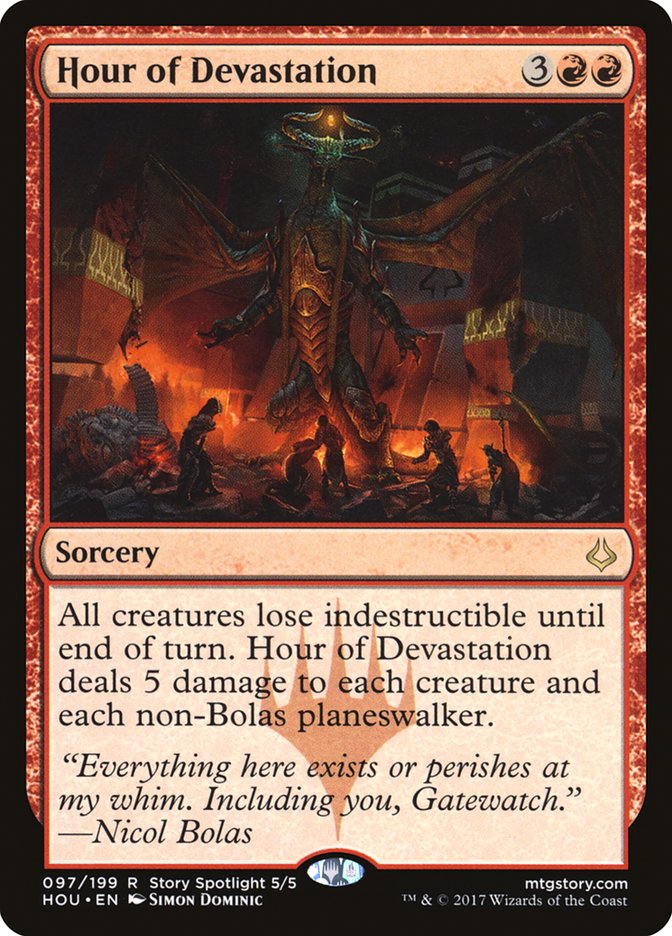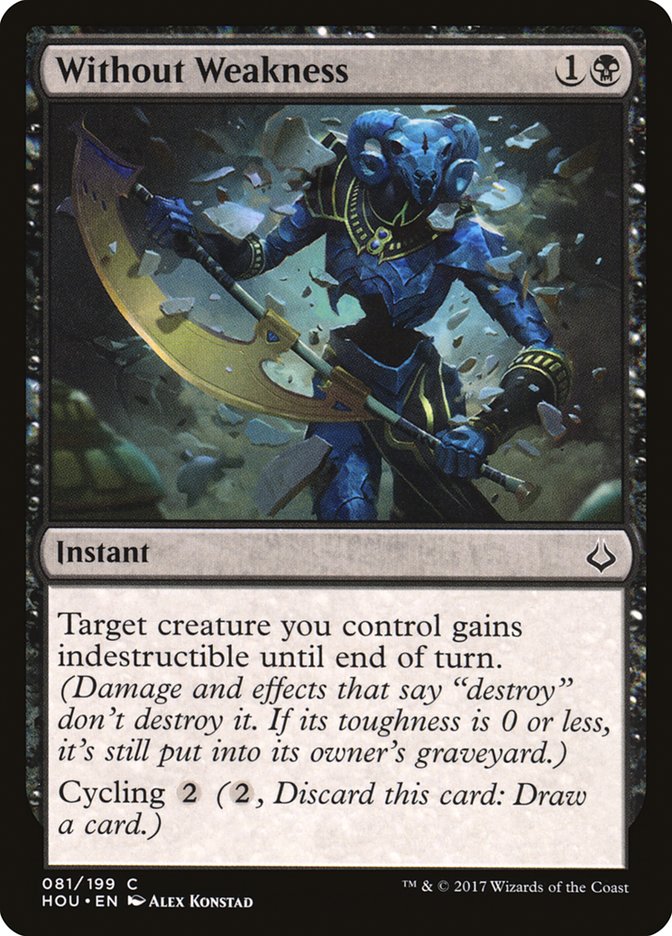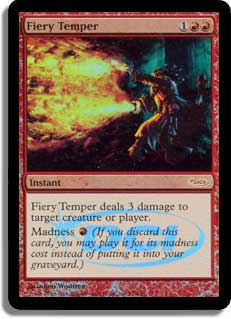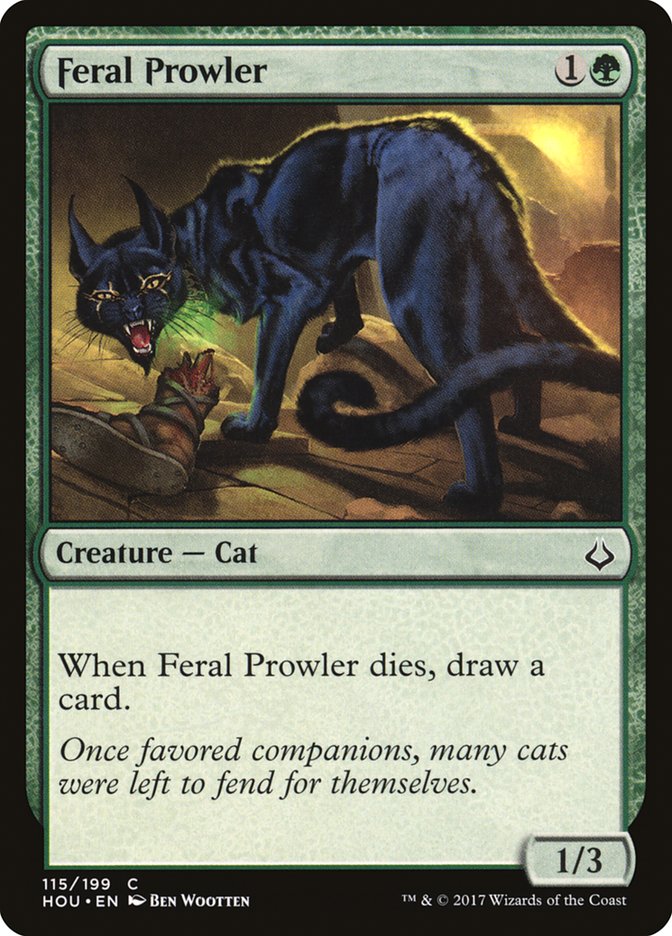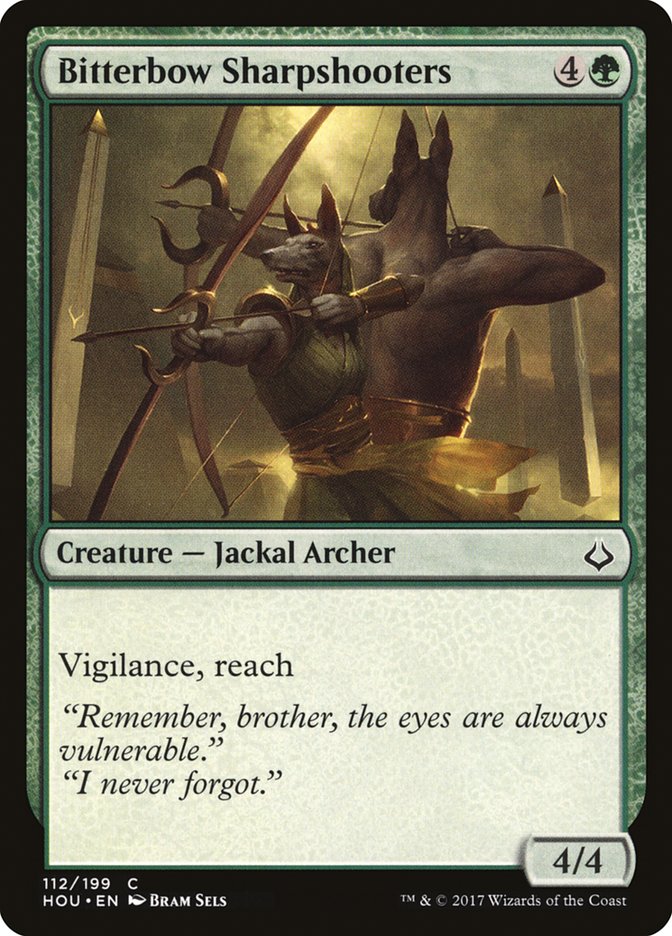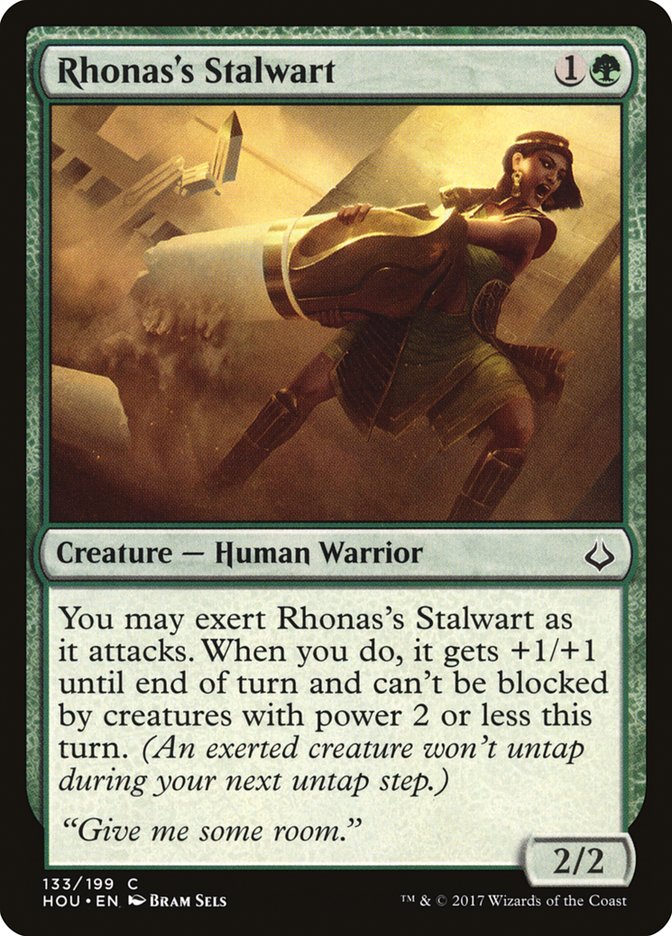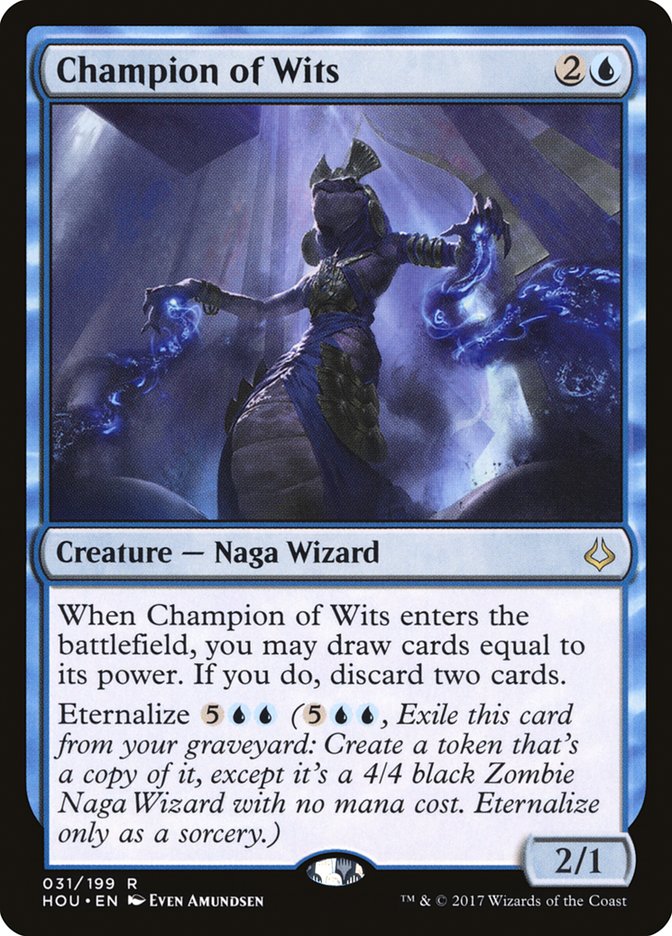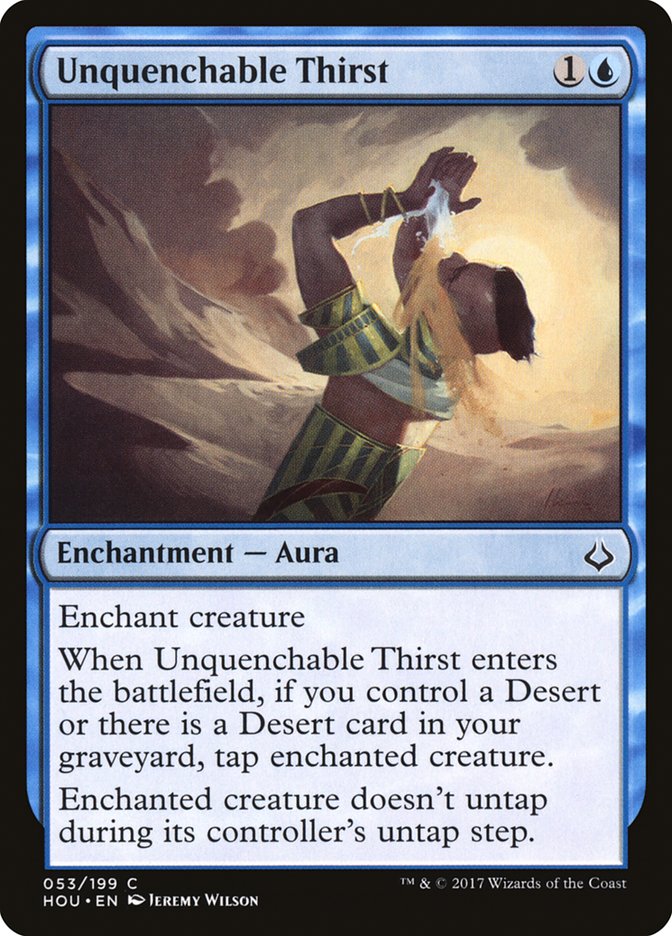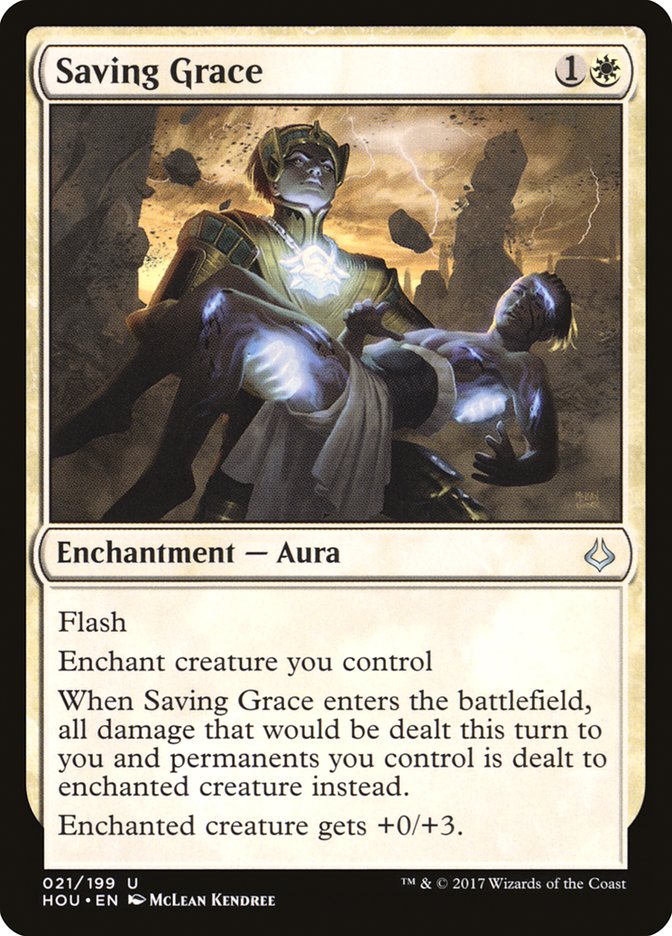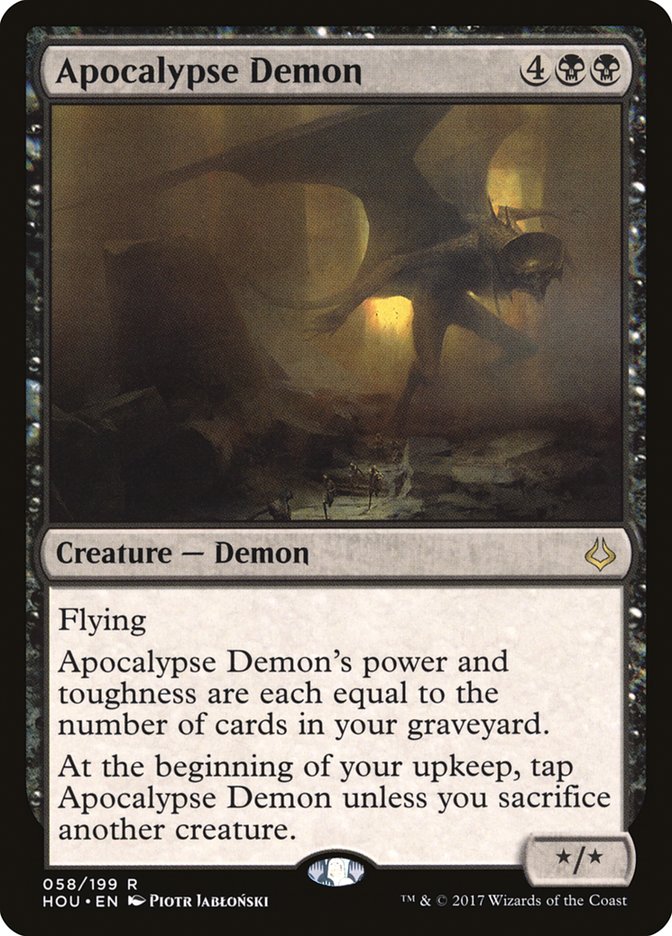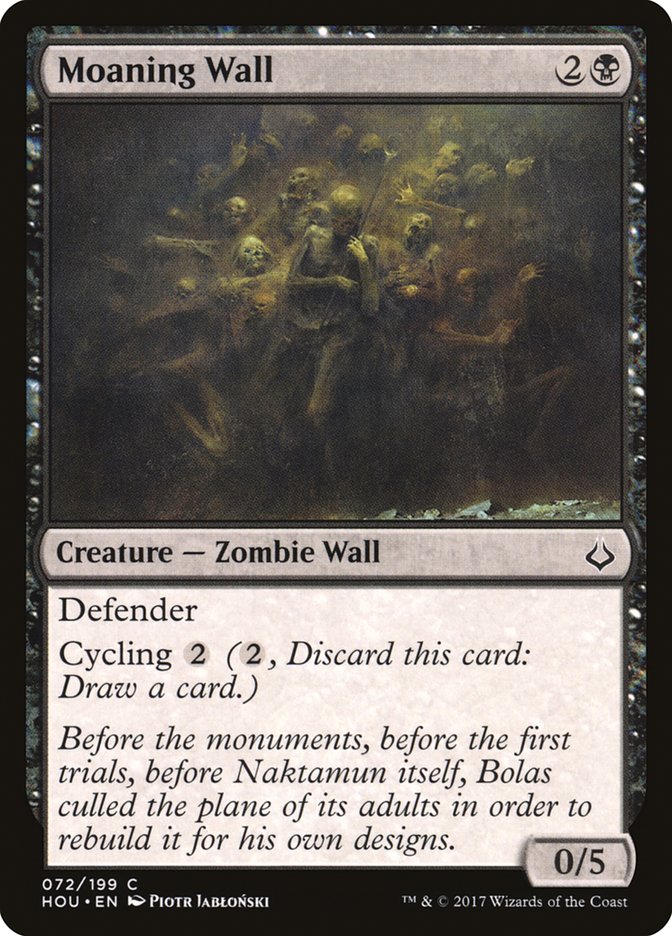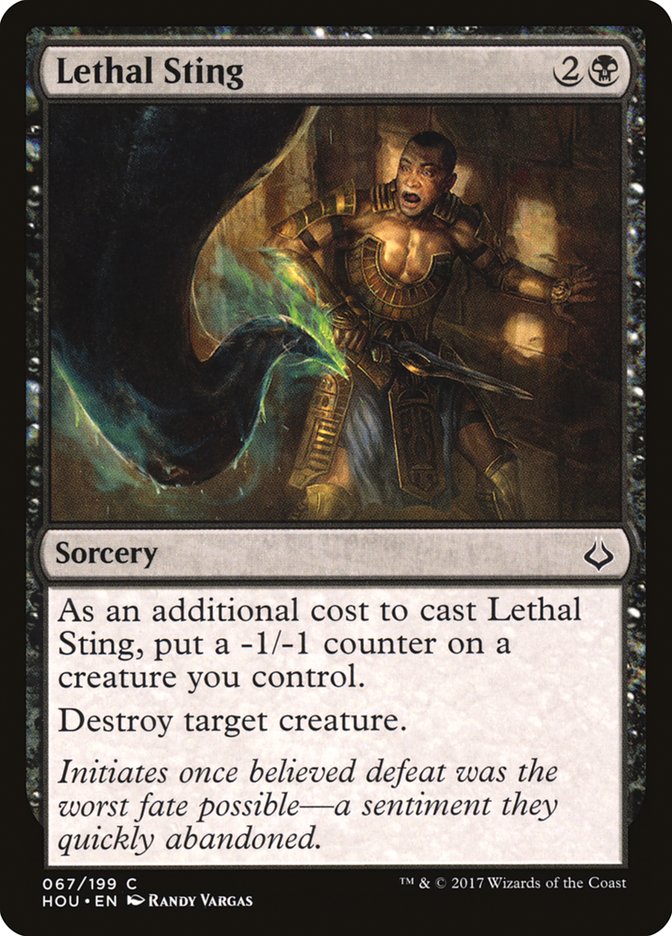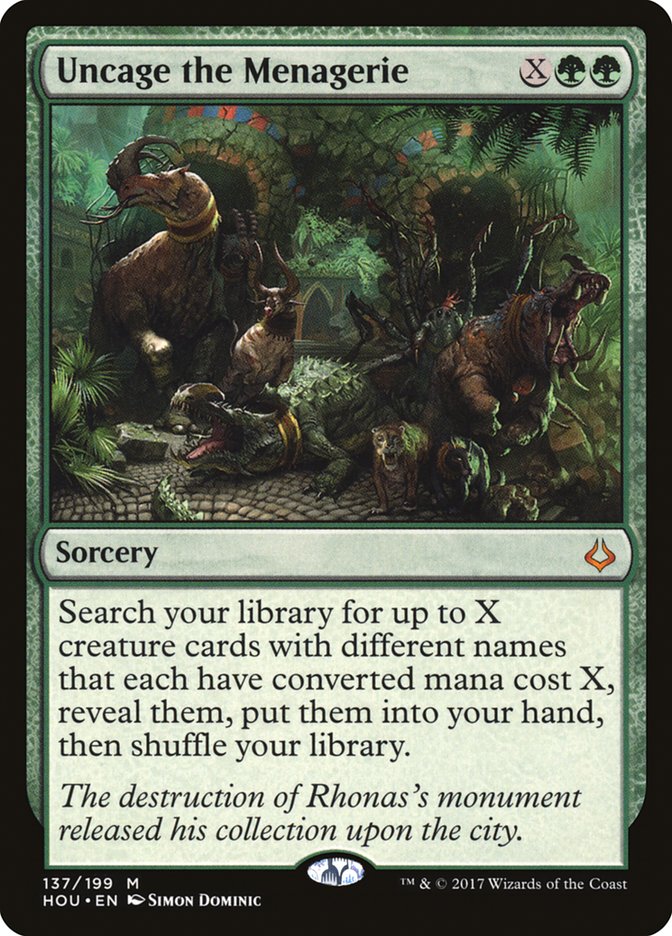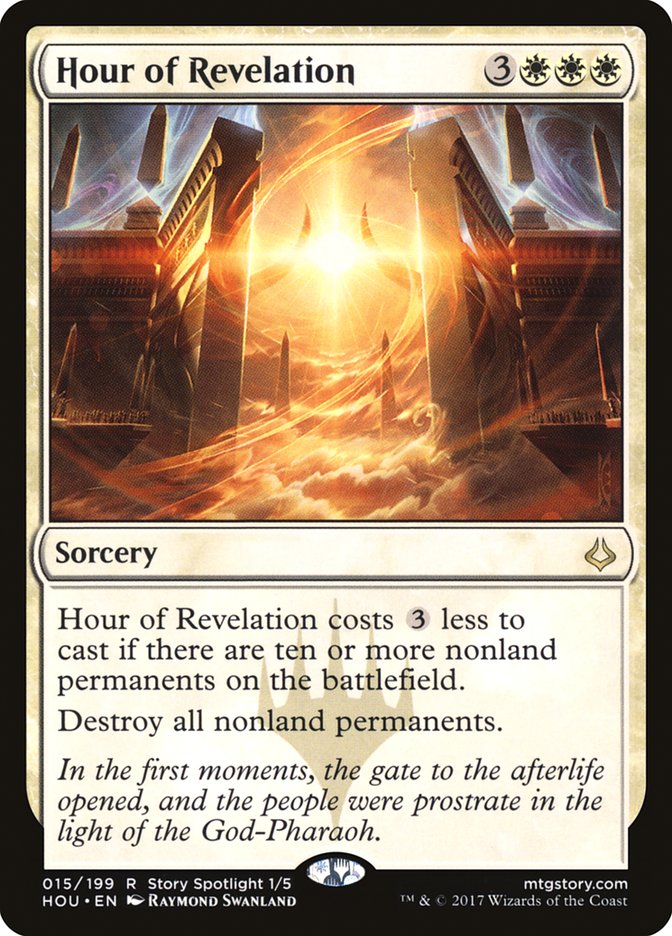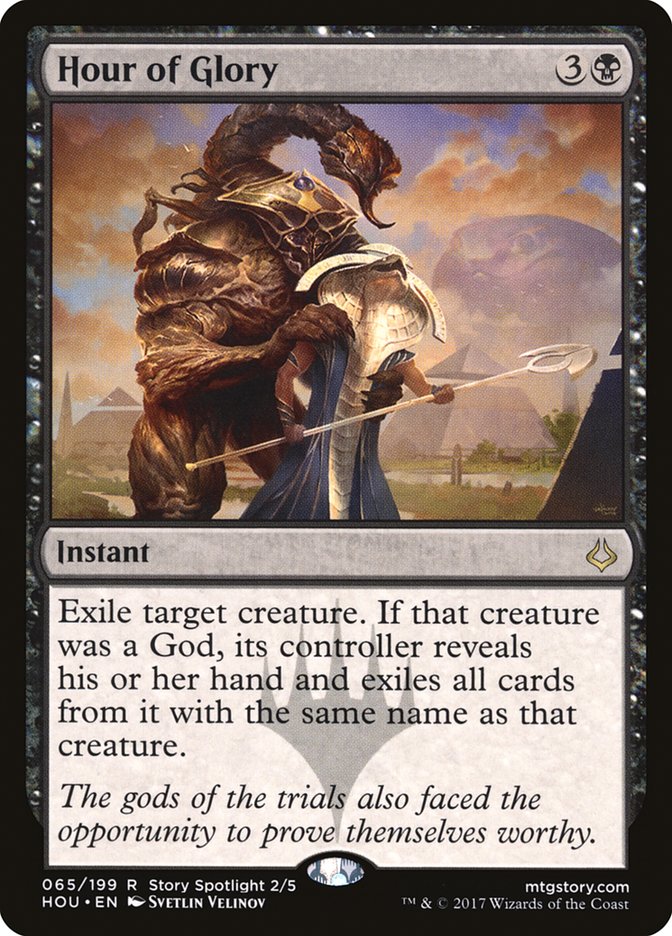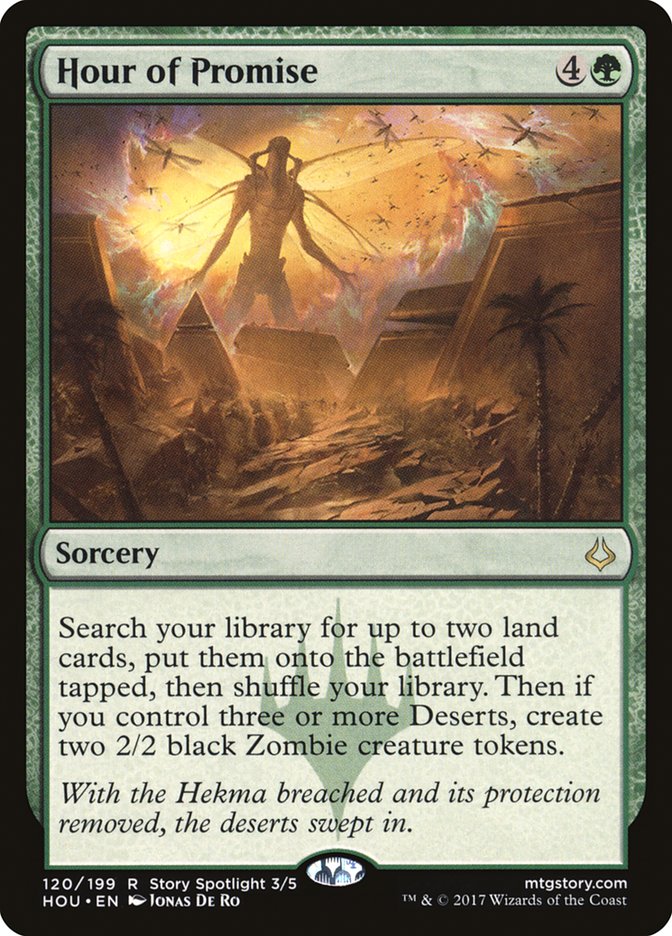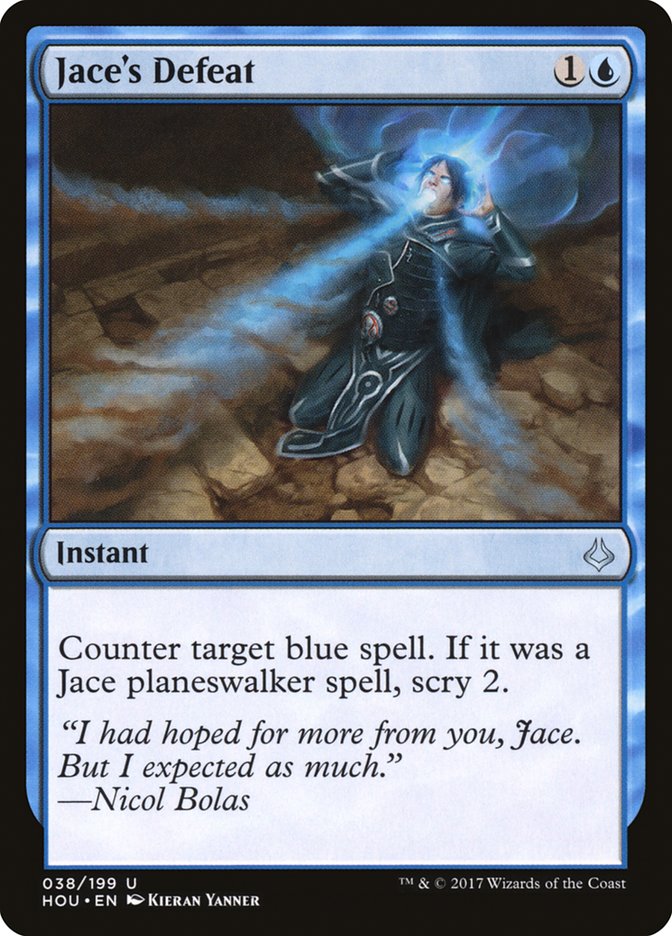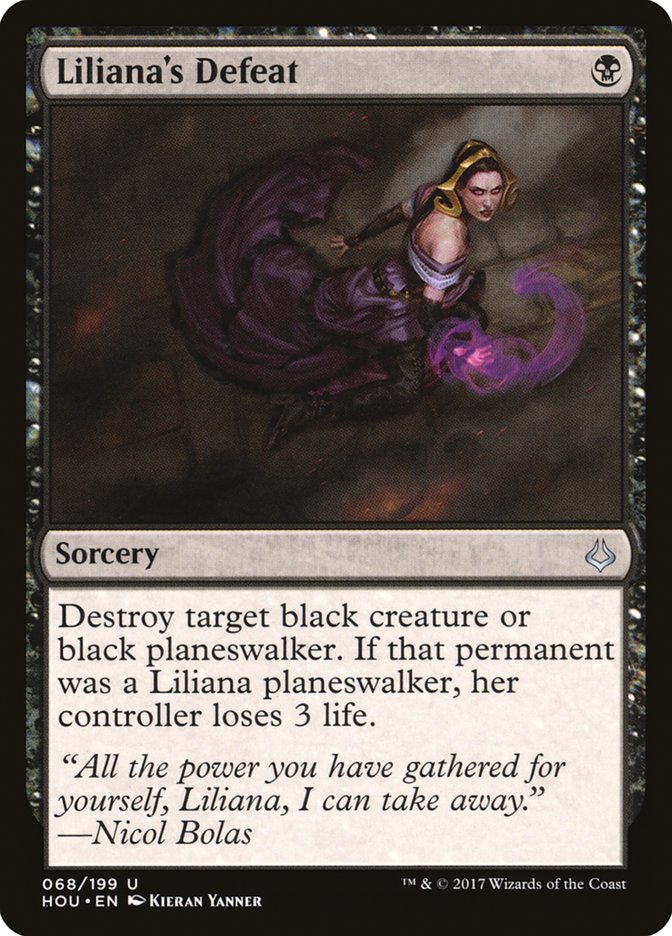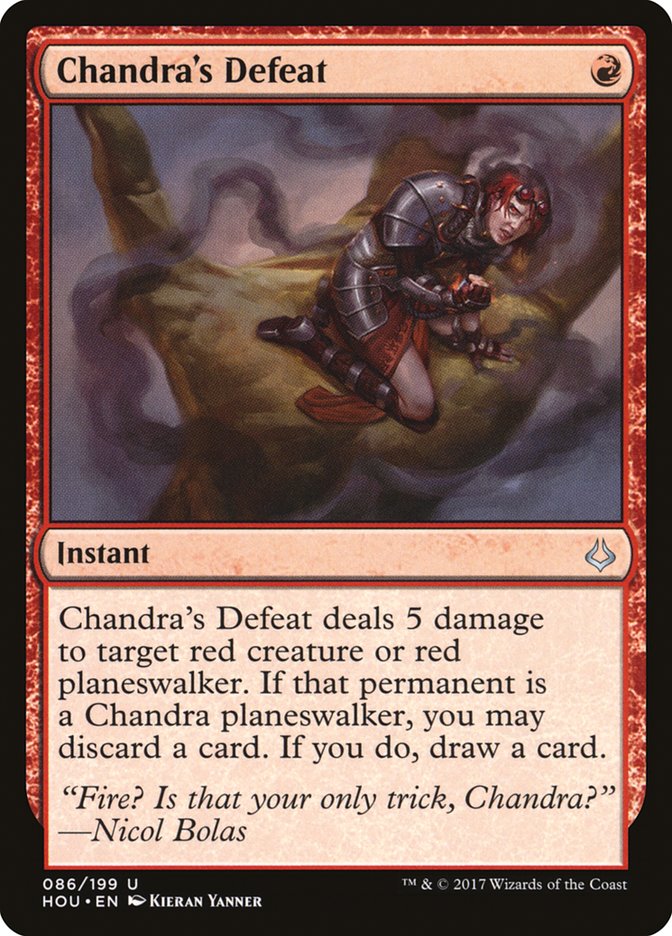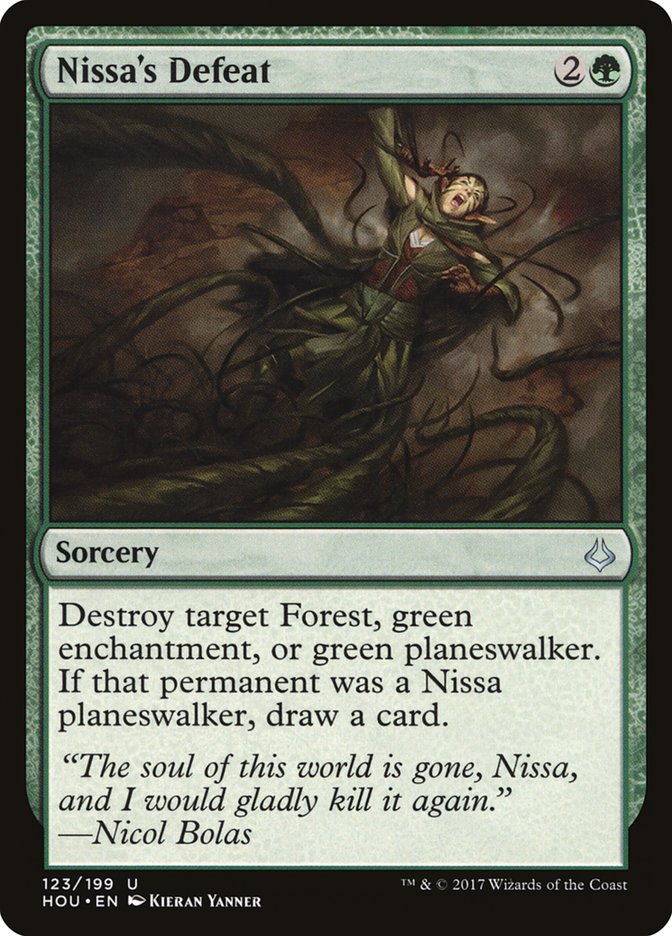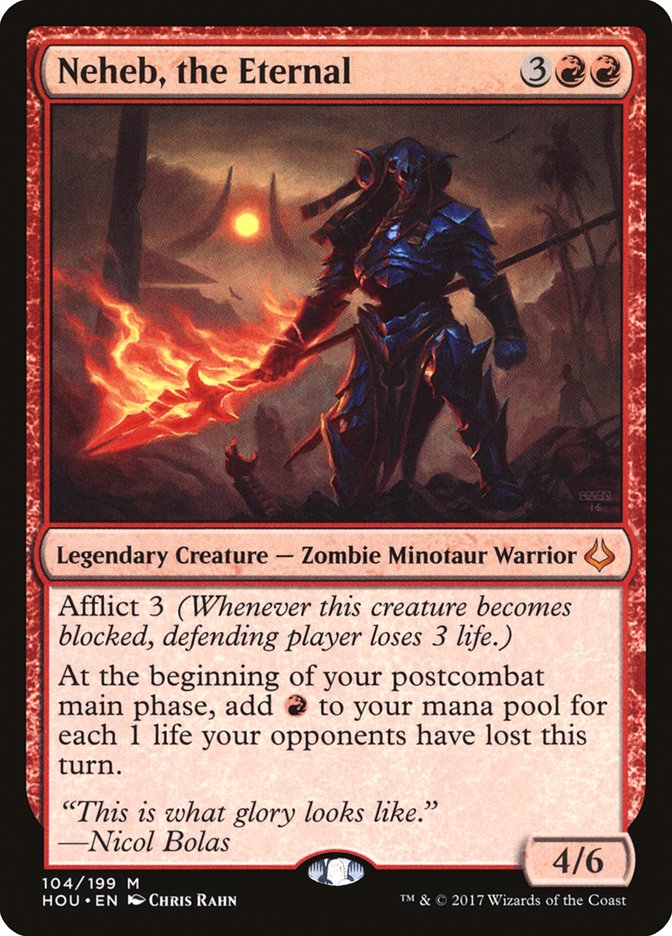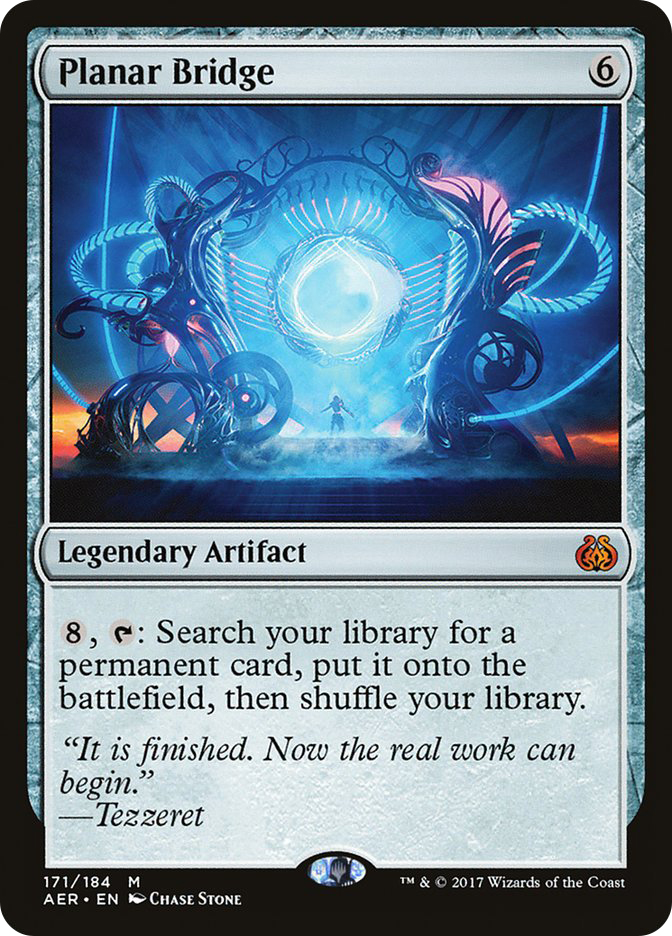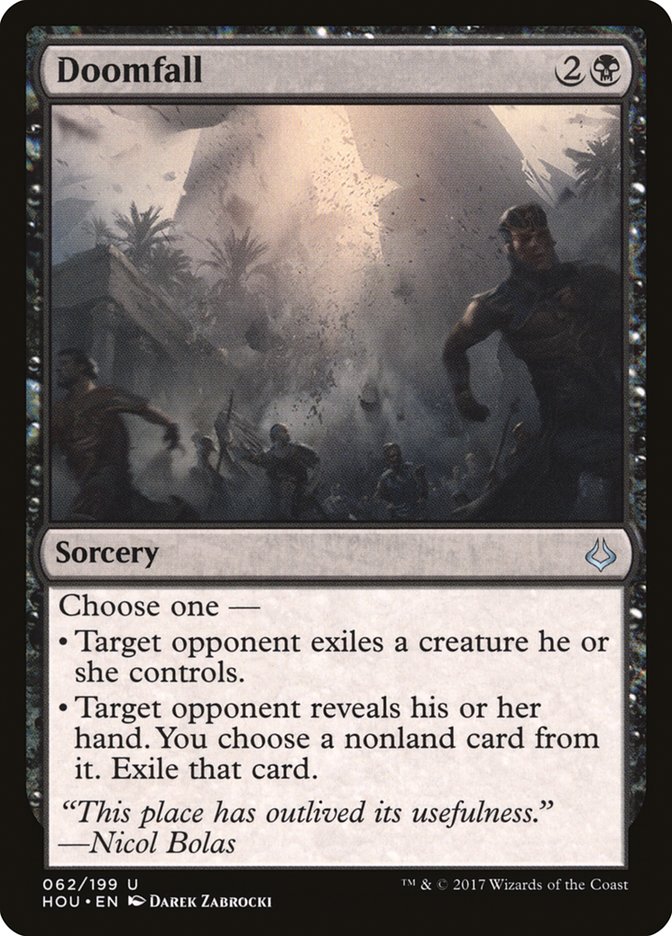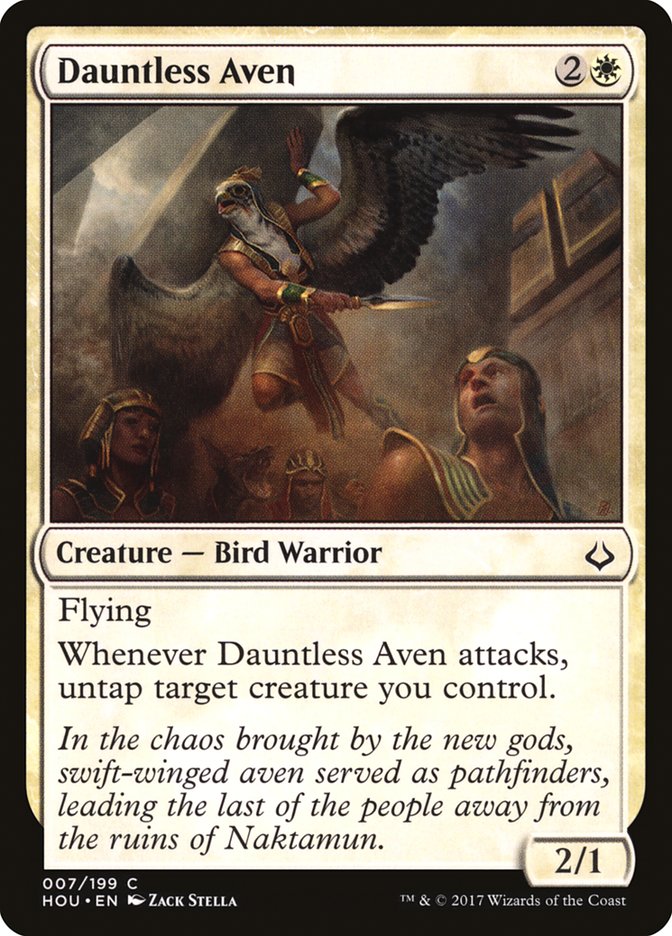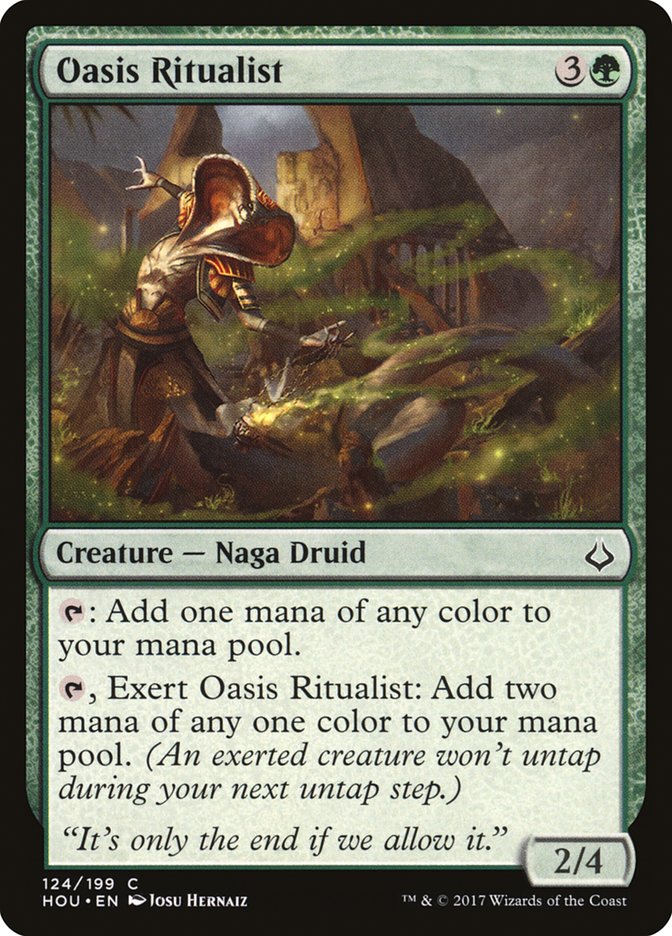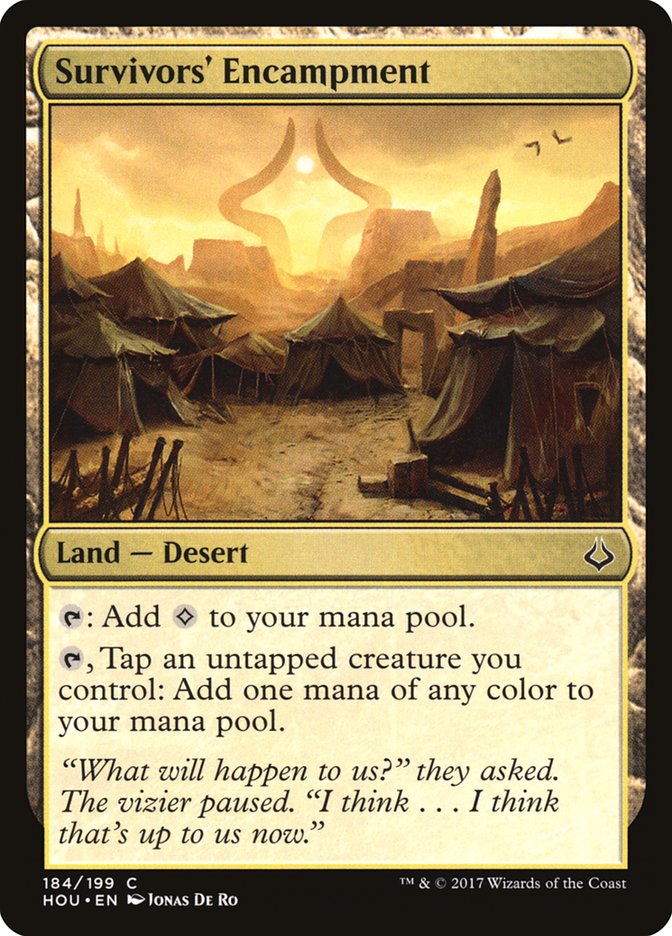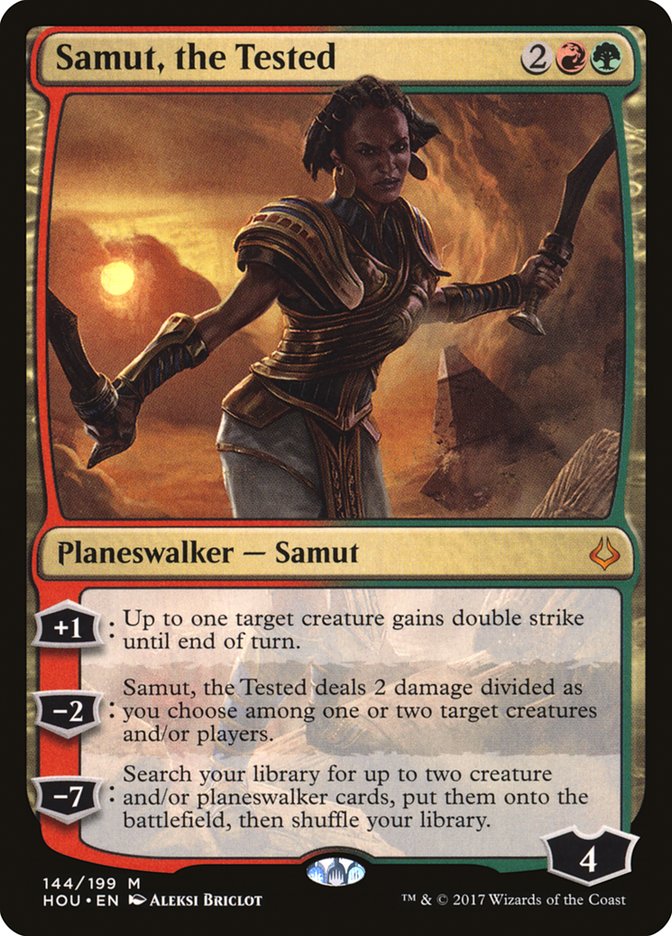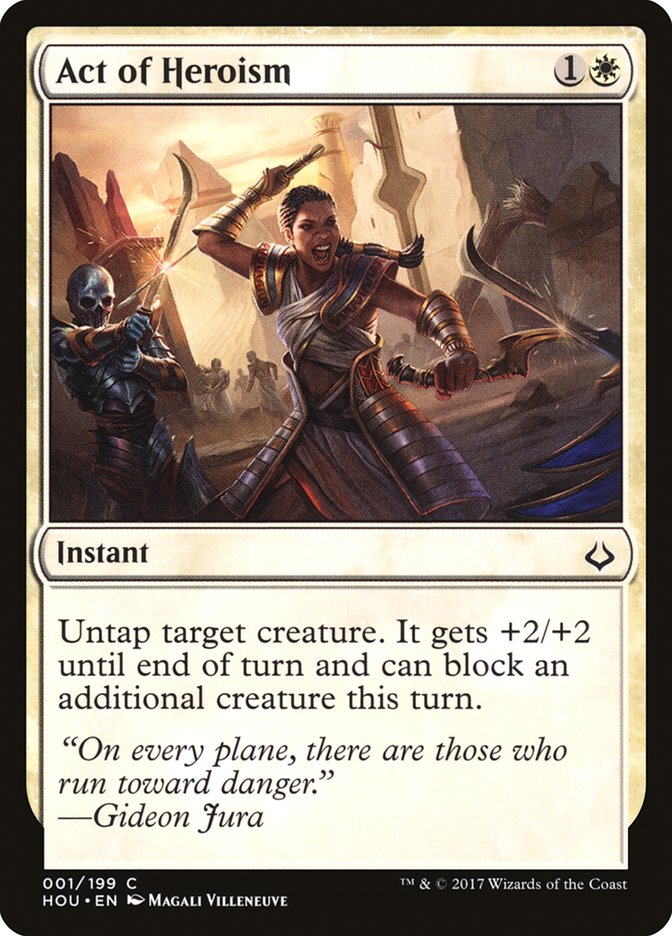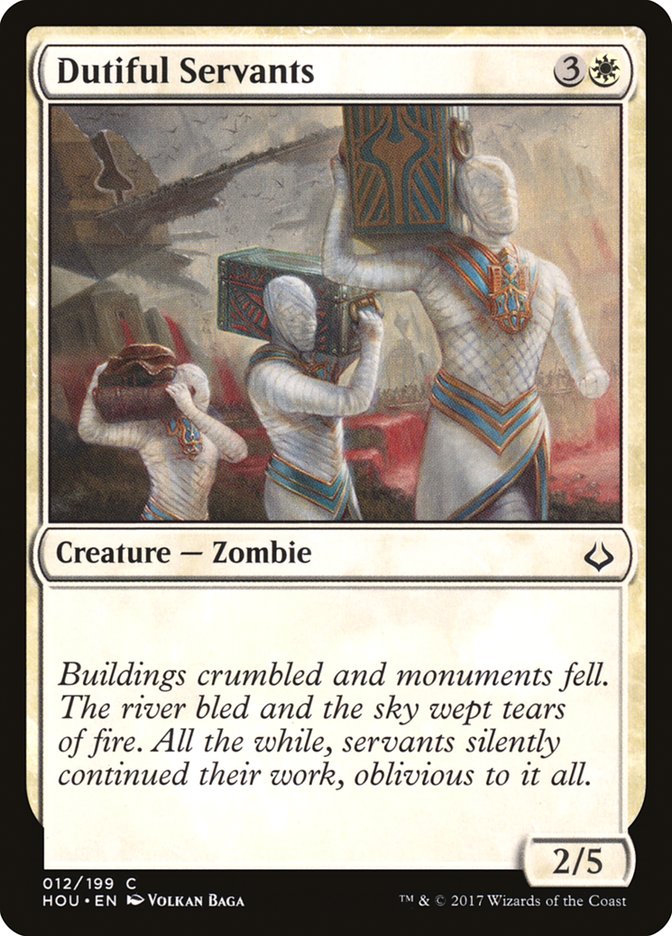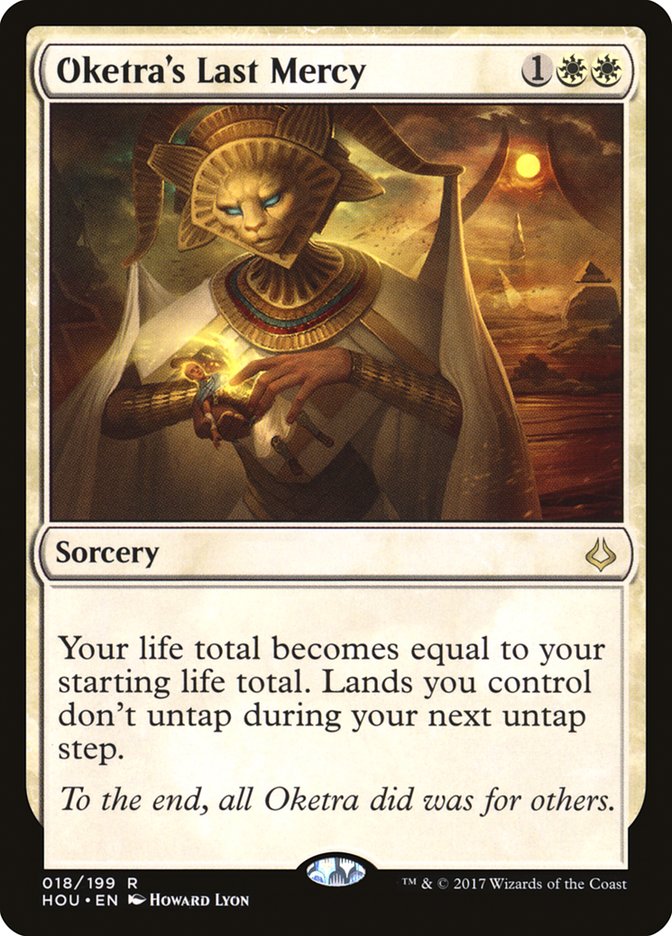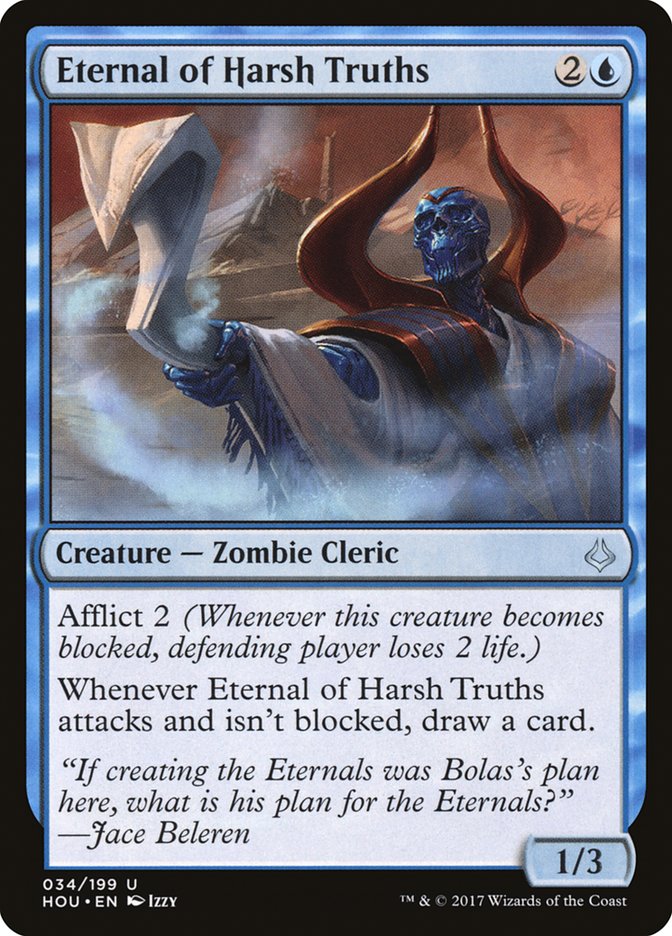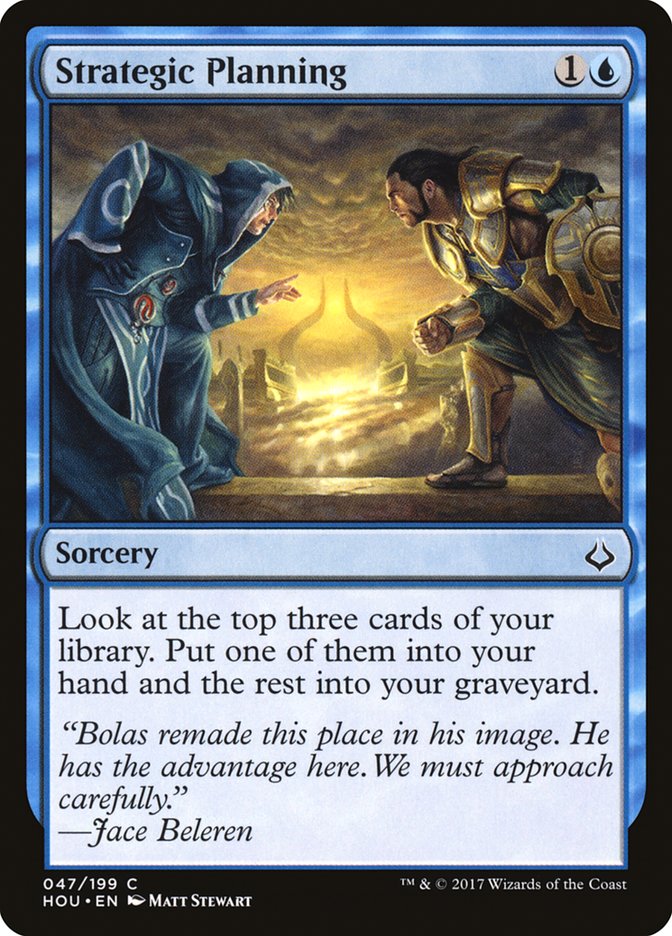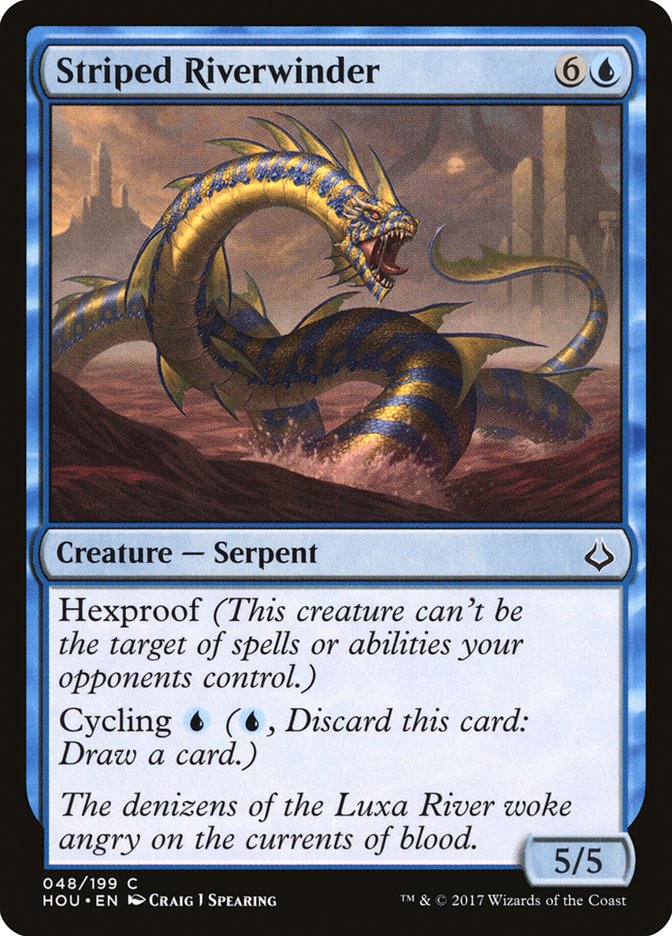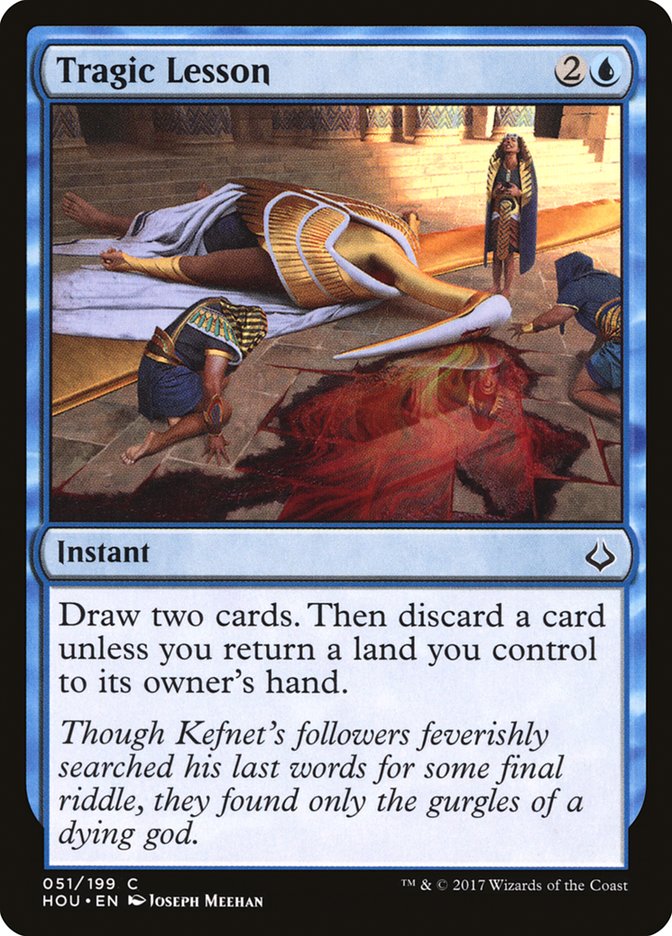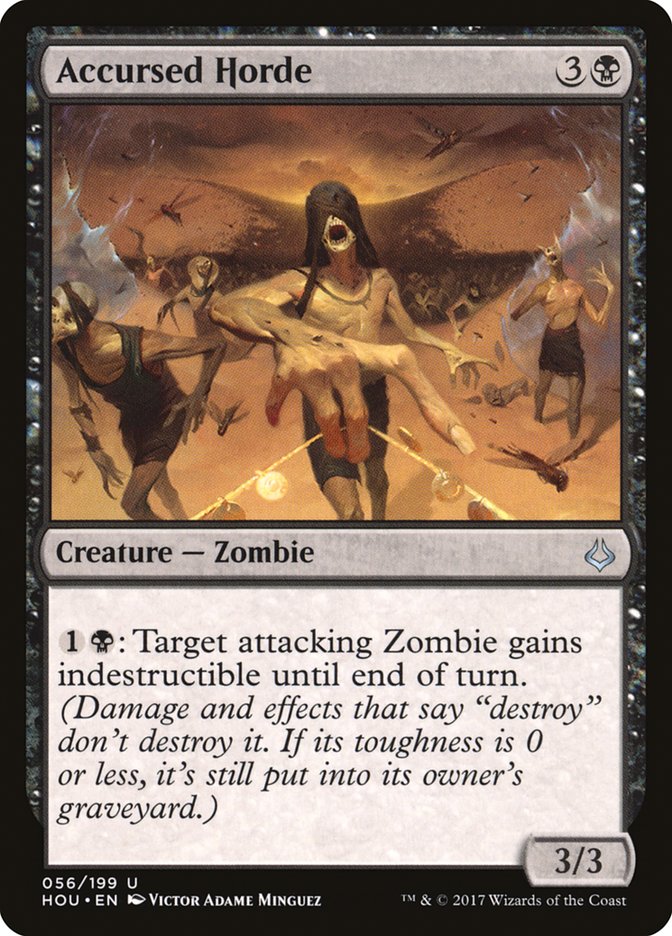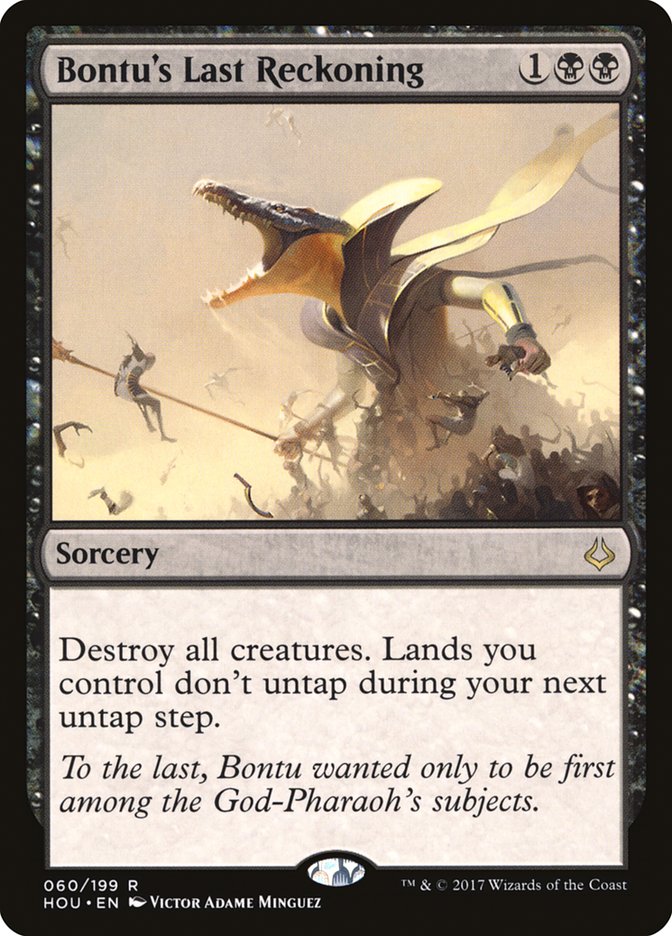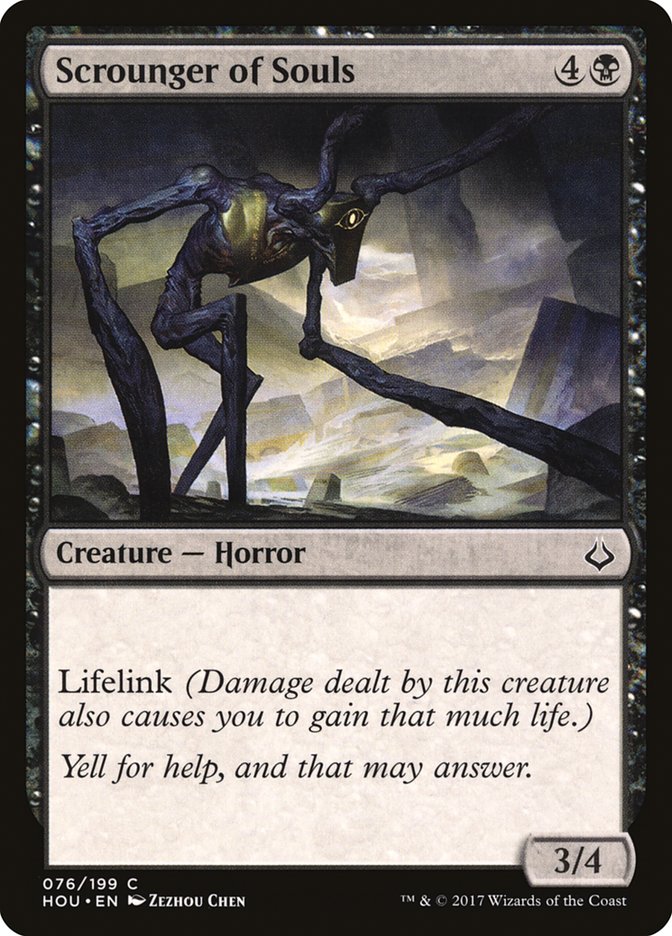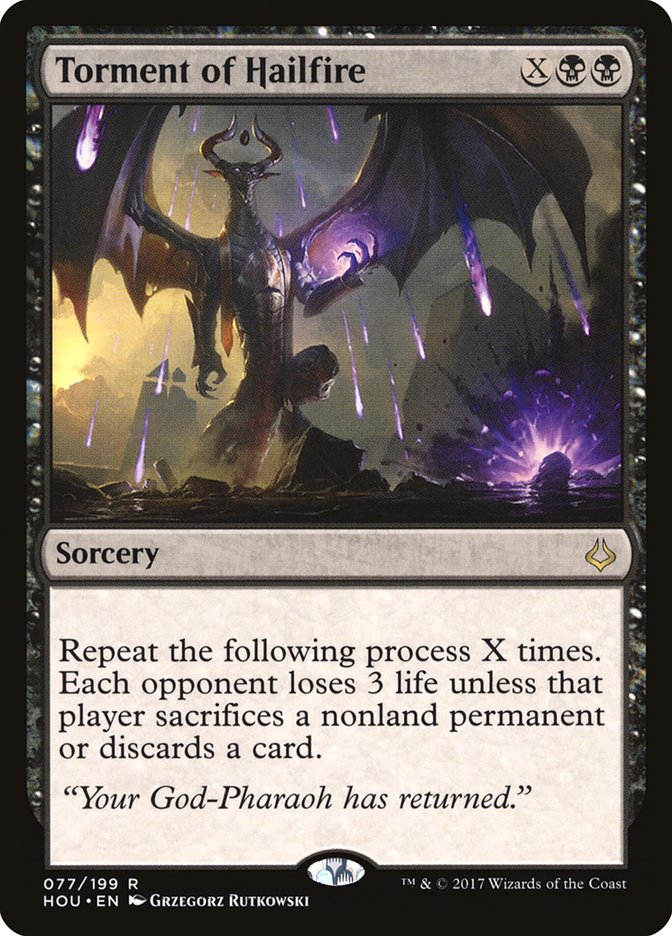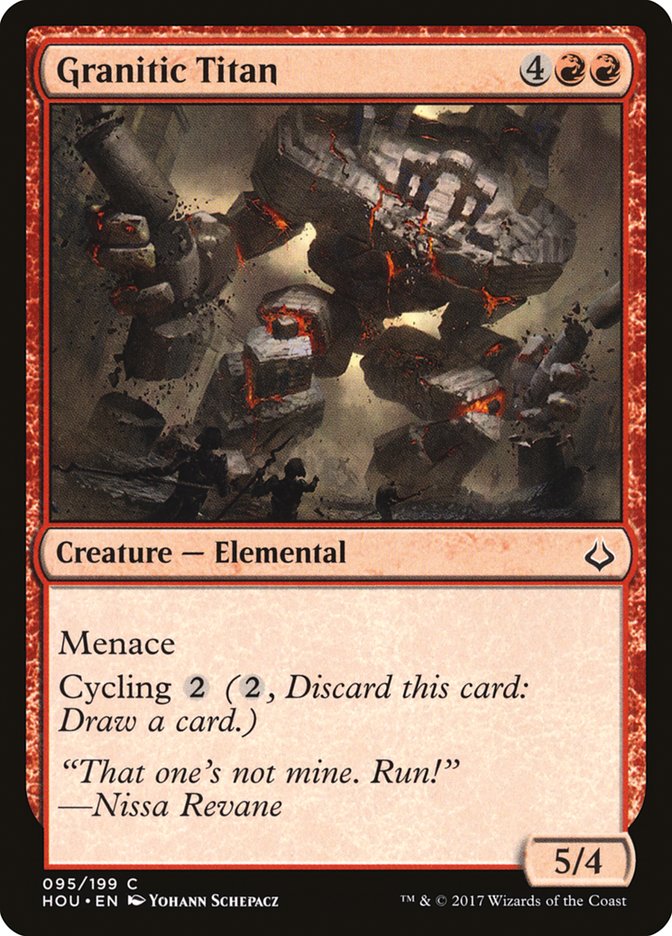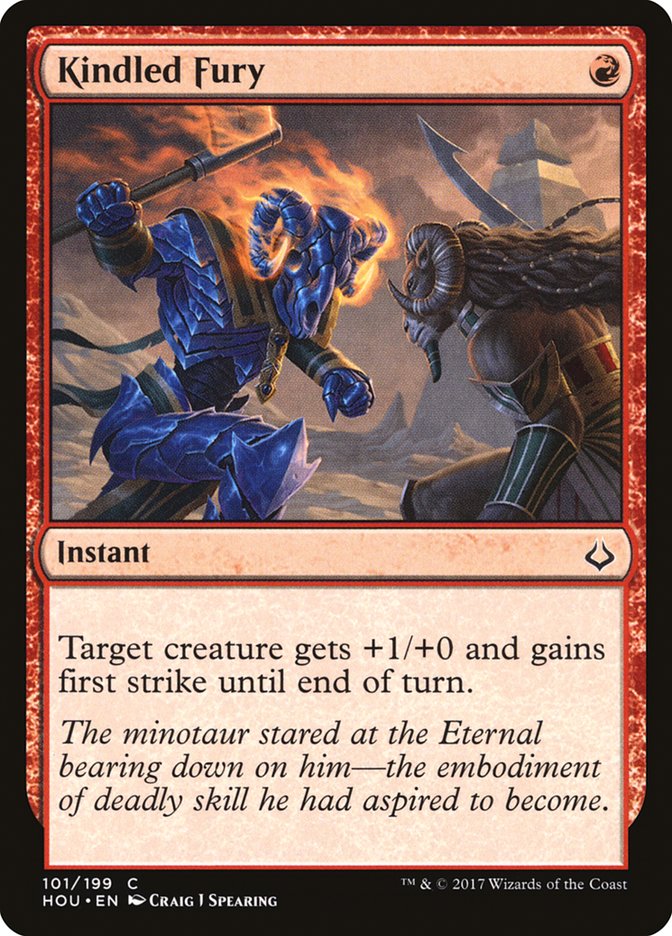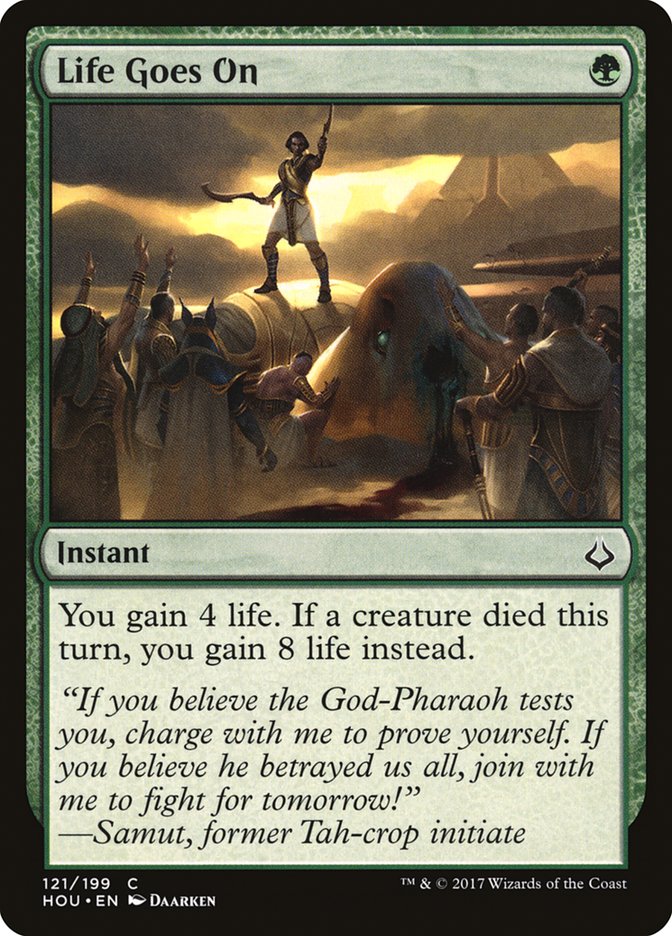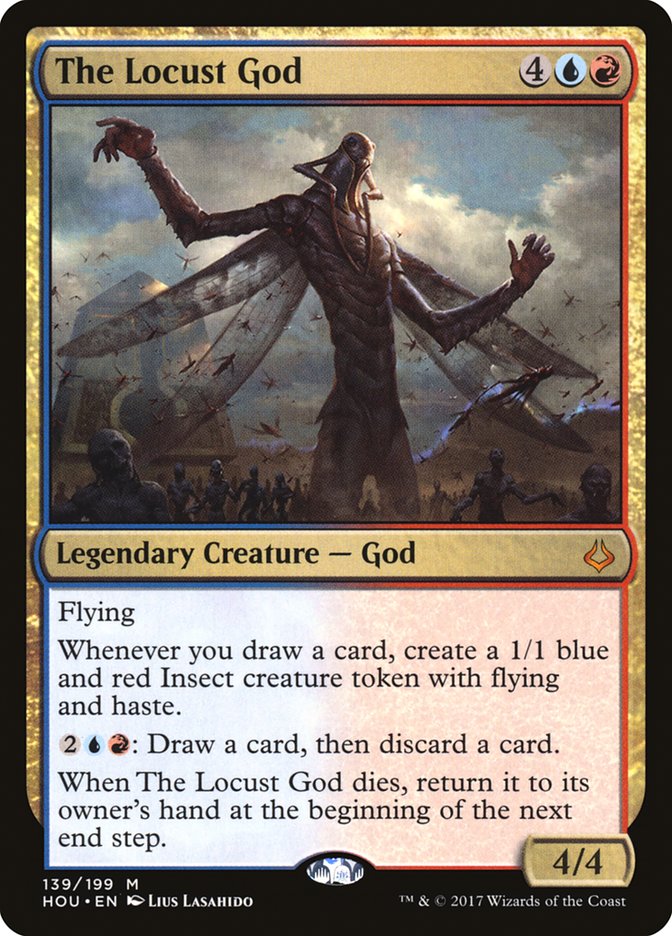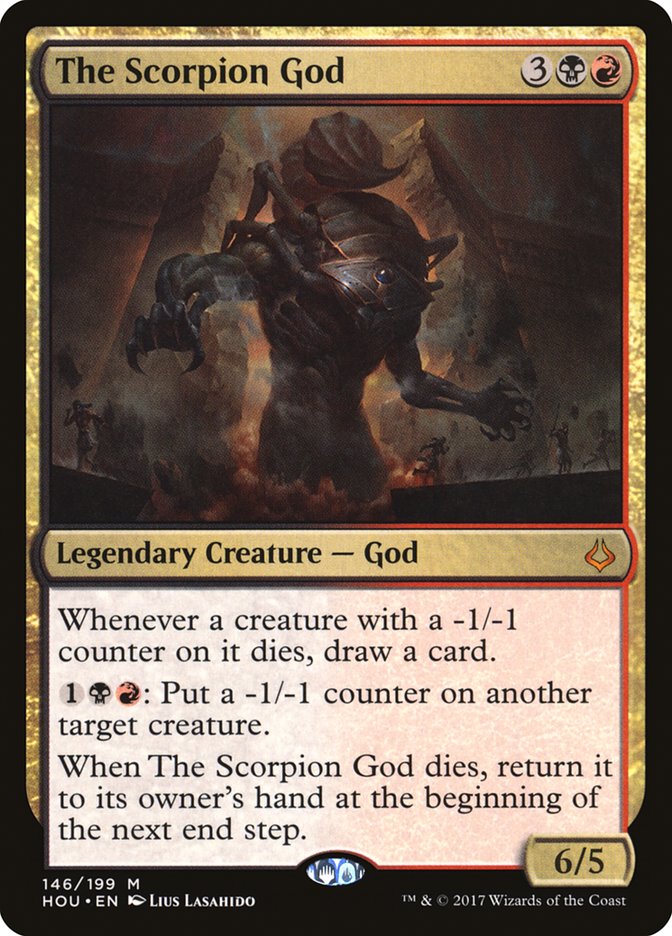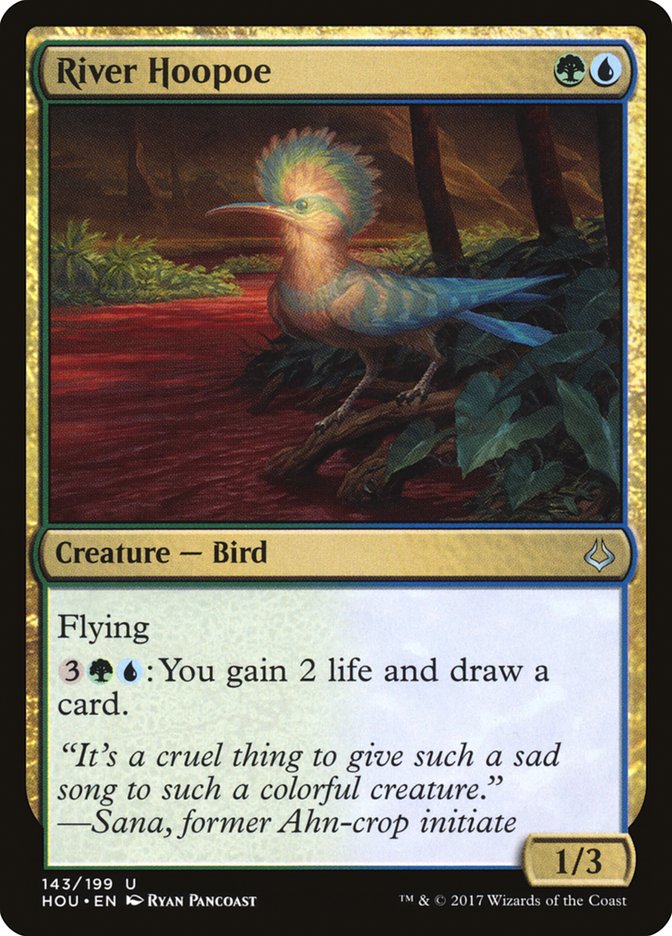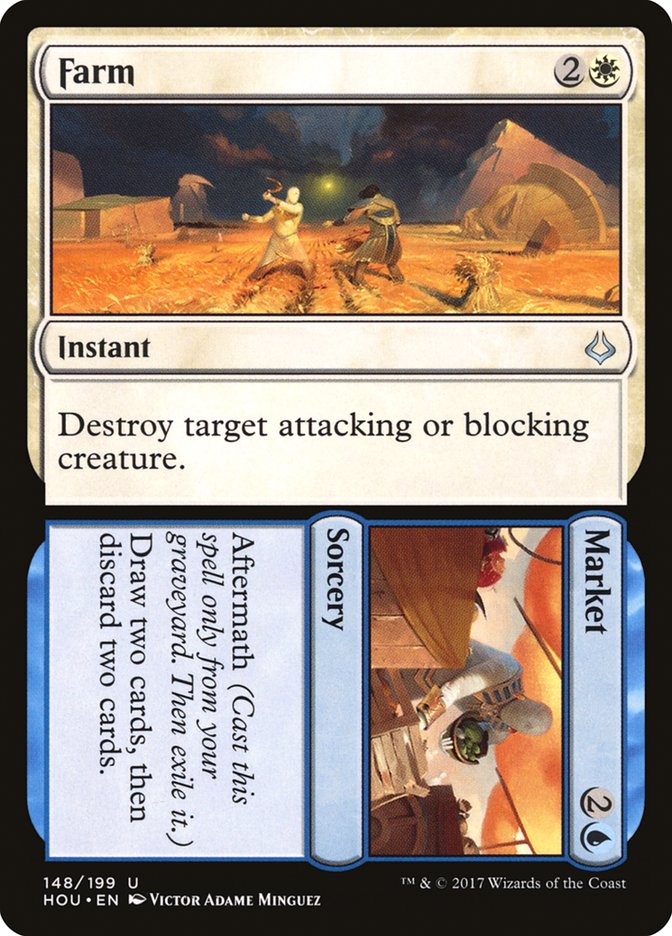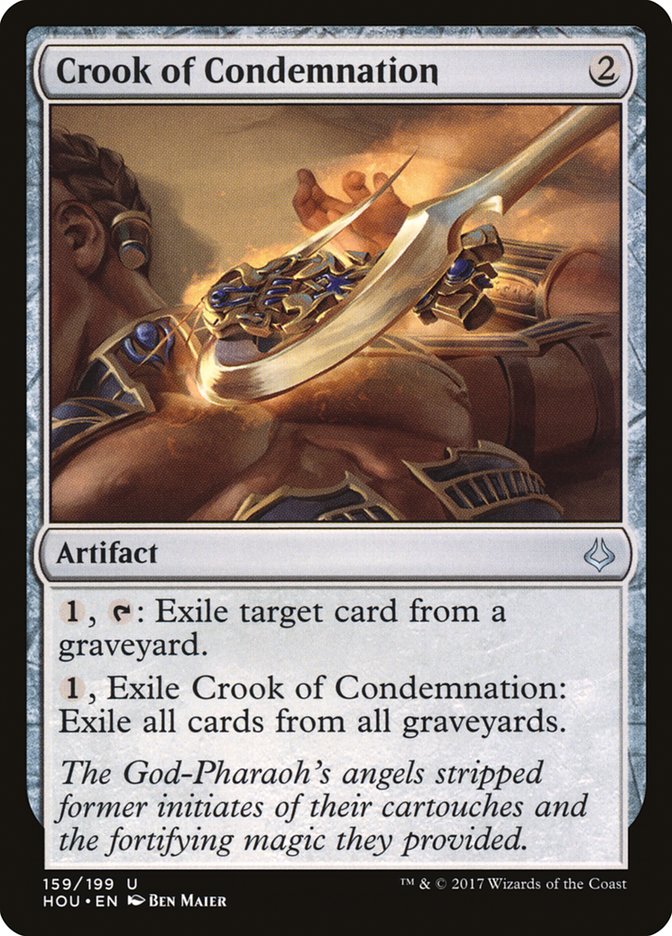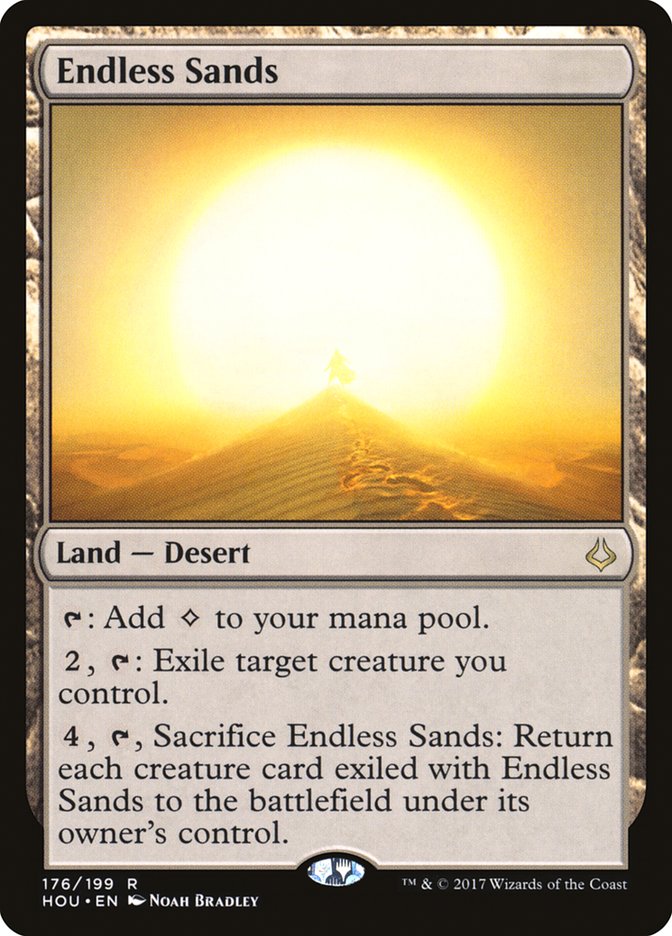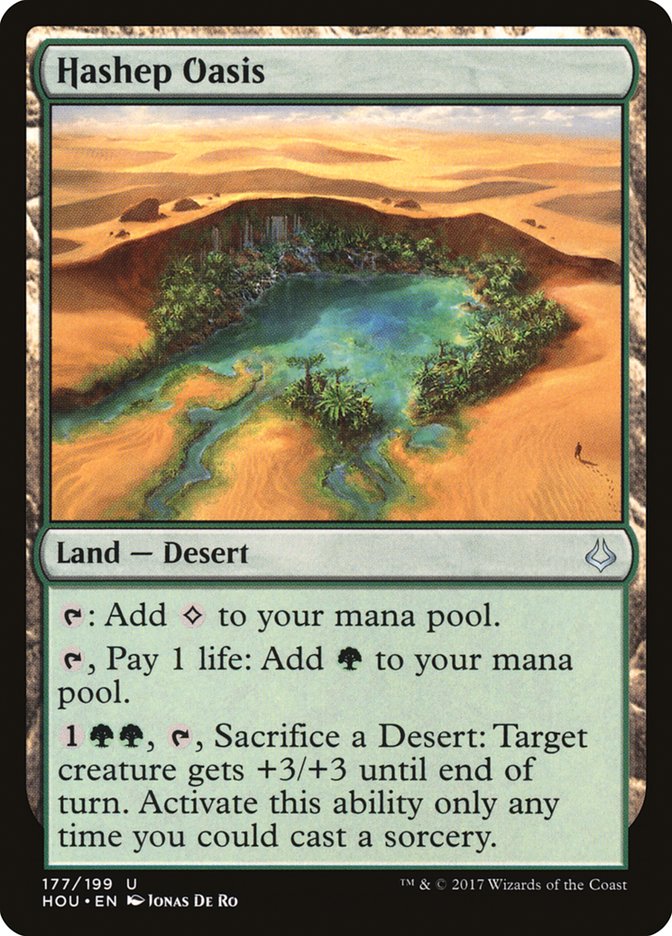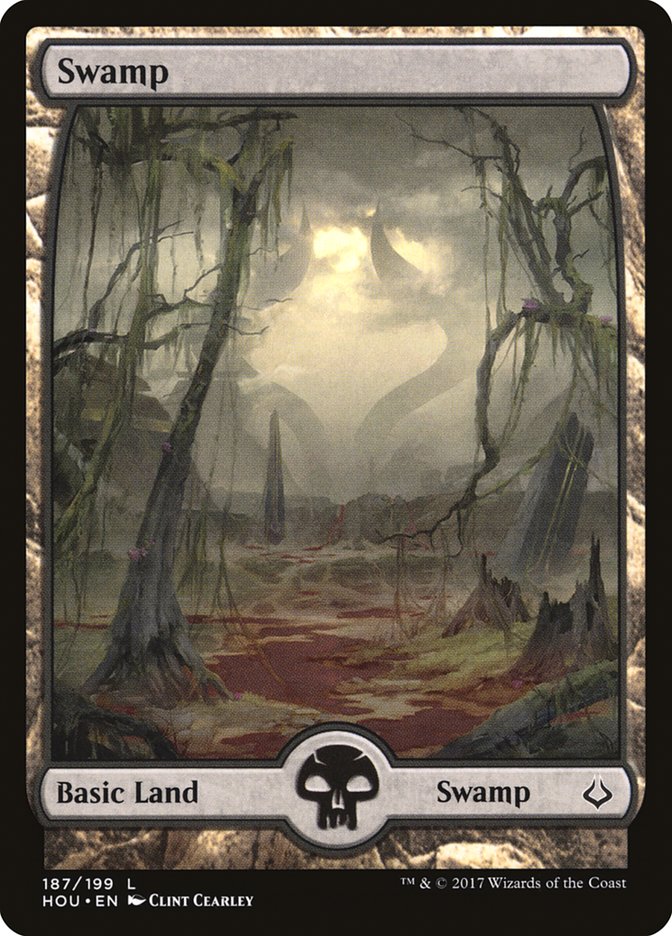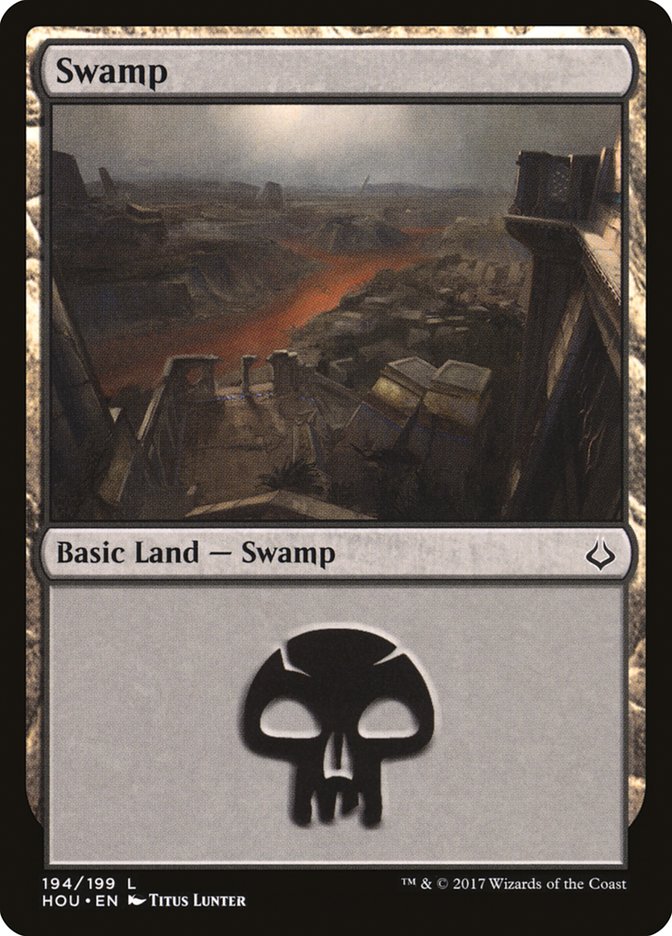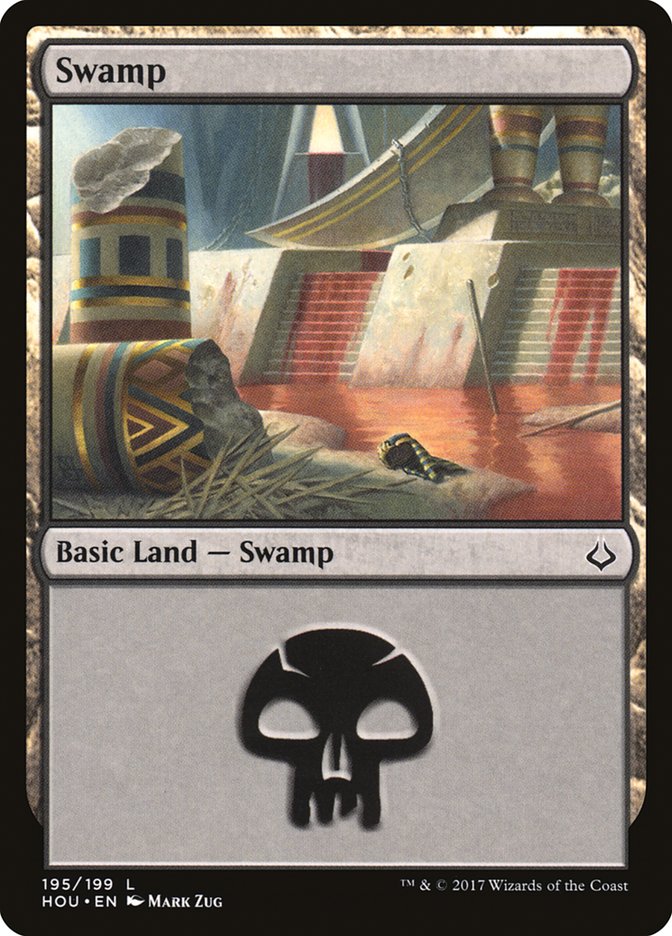The SCG Season One Invitational has come and gone. (I went 4-4, losing to eventual Top 64 player Ben Wienburg in Round 8 to miss Day 2.) With that event in my past, it’s time to look to the future.
The future doesn’t look good. It looks rather…devastating.
But there’s more to Hour of Devastation than just Nicol Bolas playing planewrecker and the Gatewatch getting wrecked. There’s art. There’s flavor text. New artists make their debuts, and Amonkhet might even have a future. Let’s get to it.
Artists Making Main-Set Debuts in Hour of Devastation
Some of these artists have had their work appear on promotional or other printings, but all are making their Standard-legal expansion debut.
Alayna Danner (nee Lemmer, sometimes credited as Alayna Lemmer-Danner) is a Seattle-based artist who became an art director for a non-Wizards of the Coast firm in September 2016. Supreme Will is her first and so far only card, but it’s one that could have her making convention appearances for years to come.
Alex Konstad had his first Magic card revealed back in May, the September 2017 Fatal Push FNM promo. Continuing the theme of black nonpermanent, nonrare spells, his nonfoil Magic debut is combat trick Without Weakness. The Los Angeles-based artist’s “Obliskura” artwork has strong Eldrazi affinities.
Ben Wootten is a New Zealand-based freelancer with some pretty stacked credits in his past (including work on the film trilogy The Lord of the Rings). His Magic debut was the Gateway promo Fiery Temper, and he made the art for the Guttural Response reprint in Duel Decks: Mind vs. Might. Feral Prowler is his main-set debut; as setting-nonspecific as the background is, this might be a piece of “slush art” that originally went unused but found new life.
Bram Sels is relatively new (he dates his “entertainment industry” debut to 2012) but his portfolio is worthy of notice. The Belgian artist’s two Hour of Devastation cards, green commons Bitterbow Sharpshooters and Rhonas’s Stalwart, slide right into the mainstream of current Magic illustration.
Even Amundsen is an artist originally from Norway. He’s gone around the world a bit, including a stint with Blizzard in California, but for now lives in Copenhagen, Denmark. When he’s not working on ludicrously successful Kickstarters, he’s painting stuff like Champion of Wits, his first and so far only card for Magic. He’s one of two new artists for Magic associated with San Francisco-based illustration collective Massive Black, along with McLean Kendree; past and current Massive Black artists to illustrate for Magic include Mike Bierek, Karla Ortiz, Wesley Burt, and Brad Rigney.
Jeremy Wilson lives in SCG’s home state of Virginia, though on the other side in Richmond. An illustration-teaching adjunct at VCU, his work has appeared in Magic in token form (and yes, Mike Linnemann totally beat me to that observation) but Unquenchable Thirst is his Standard-legal debut.
McLean Kendree is a San Francisco-based collegiate-level teacher and an illustrator for Massive Black. His Magic debut was just last month, with the Archenemy: Nicol Bolas scheme card No One Will Hear Your Cries, and he follows up with Hour of Devastation uncommon Saving Grace.
Piotr Jablonski (you can find the more proper version of his Polish-character-using name here) creates images as powerful as they are unsettling. His Magic debut cards, Apocalypse Demon and Moaning Wall, almost remind me of a more technically refined, less cartoonish Puddnhead. The artistic pride of Bialystok, Poland is repped by Richard Solomon, whose other Magic-illustrating clients include Tyler Jacobson, Karla Ortiz, David Palumbo, and Chase Stone.
Randy Vargas is a Cuban-born artist based in Barcelona, Spain. A prolific blogger about the freelance artist life, he’s put together quite the portfolio in just a few short years. Lethal Sting and Majestic Myriarch mark his Magical debut.
Simon Dominic is an English illustrator and not to be confused with the South Korean hip-hopper of the same (stage) name. For an artist making his Magic debut, his first two illustrations, Uncage the Menagerie and story card Hour of Devastation, are quite splashy. It’ll be interesting to see where he goes from here!
And then there’s a special shout-out to Kentucky-based artist Joe Slucher, who makes his all-of-Magic debut with the Draft Weekend version of Ramunap Excavator.
The Two Stories of Hour of Devastation
The cards in Hour of Devastation are positively story-saturated. But while the Story Spotlight cards focus on the five “Hours” prophesied in Amonkhet, there’s way more going on.
In the Hour of Revelation, almost everyone’s hyped.
The Hour of Glory brings the emergence of three long-forgotten Gods and the deaths (so far) of Rhonas, Kefnet, and Oketra.
The Hour of Promise represents the destruction of the magical barrier that made the city of Naktamun hospitable.
The Hour of Eternity points to Nicol Bolas’s endgame: he was using Amonkhet as a “farm” of sorts (remember when initiates were in “crops?”) to pick out elite warriors that would then be zombified and enhanced with the blue mineral lazotep.
And then there’s the Hour of Devastation, when Nicol Bolas informs the assembled Gatewatch (minus Ajani Goldmane, the only sensible one) exactly why confronting him on his turf was a terrible idea.
Unless the Defeat cycle is playing us false somehow, the confrontation isn’t going to end well for the Gatewatch.
After all, if Ob Nixilis could get three members of the Gatewatch trapped and bound by evil magic, would five really make a difference against Nicol Expletive Bolas?
Nicol Bolas got what he wanted – the lazotep-enhanced Eternal army, presumably moved off the plane via the Planar Bridge technology Tezzeret stole from Kaladesh – and the people left behind on Amonkhet can suffer and die.
But if Nicol Bolas really wanted everyone on Amonkhet to die, he should’ve made sure the job got done, because a society of relatively young people in peak physical condition, plus a handful of viziers approaching middle age and packed with wisdom, can do a lot for themselves.
And then there’s the wild card, Samut. A dissenter on Amonkhet when there were such things, at some point her planeswalker spark will ignite (must’ve been something more traumatic than getting locked in a sarcophagus to cause it). A woman out for revenge, for her plane, for her people…I wouldn’t want her as an enemy.
A lot of the details are still unsettled (does Hazoret’s Undying Fury mean she survives where the other Gods do not?), but that just means there’s a lot of fun still to discover!
Flavor Notables
The flavor text on this one nagged at me for a while; I couldn’t remember where I’d heard a similar line. Then it hit me: a U.S. Marine Corps recruiting advertisement.
“Which way would you run?” indeed…
The “There Will Come Soft Rains” of Magic flavor text.
Not many Magic artists have an entire section of their online presence dedicated to religious art, but Howard Lyon isn’t most Magic artists. His faith is inextricable from his works, and even when the deity being depicted is a fictional one in an imaginary setting, every lesson from his Biblical images gets applied. The rest of the cycle has quality fantasy illustrations, but not one of them shares the gravity Howard Lyon gave Oketra’s Last Mercy.
Dear Jace Beleren: For someone who prides himself on being smart, you ask silly rhetorical questions sometimes. You were just on a plane where Tezzeret was swiping Planar Bridge technology. This plane has Zombie super-fighters. Put two and two together, son.
Dear Jace Beleren: The time to “approach carefully” was before everyone went to Nicol Bolas Power Hub Central, not after.
An instantly memorable and likely polarizing piece of art, this has a throwback feel to the bright colors and bold outlines of much of early Magic art. Is its comic-book aesthetic for everyone? No. Am I glad it’s an option in the game? Yes. Am I disappointed it’s probably accidental? Maybe.
To quote my “Amonkhet Flavor Review,” the Gods of the plane aren’t much help because “this is Magic, where faith betrays the faithful. (Seriously, Wizards…would it kill you to have some positive religious representation one of these days?)” If the local divinities aren’t trying to destroy all life (the Eldrazi on Zendikar, Archangel Avacyn), they’re proven hollow and thus undeserving of their veneration.
Look, Wizards. I get it. You and (some) religion haven’t gotten along in the past, to put it mildly. But there are more believers who play this game than you realize, and constantly slagging on faith is one-sided and lazy. Take a cue from Dungeons & Dragons. Devout clerics, brave paladins. Sound familiar? Just try it.
Without looking at the credits, it’d be hard to believe the same artist did both these illustrations for the same set. The unnatural angles (camera and otherwise) of Accursed Horde are disorienting, while the “anti-background” of Bontu’s Last Reckoning calls to mind the art of Kev Walker.
The face that launched a thousand memes.
Now that’s how you do one-liner flavor text! Both lines are punchy, simple, and high-impact.
Unlike any of the others in the Defeat cycle, Chandra’s Defeat shows the planeswalker within the claw of Nicol Bolas. Chandra is easily the smallest of any of the Gatewatch members, but this shows just how huge Nicol Bolas is.
What’s this? An actual piece of funny flavor text? And from a Gatewatch member, no less? Pass the smelling salts!
The specific piercing blue of the “lazotep” stone (echoes of lapis lazuli) would’ve been all over the place early in Magic’s history. I wonder if there was a specific color value listed in the style guide.
The art for Life Goes On, with Samut standing atop the corpse of Oketra, highlights one of several competing visions for post-Hour society on Amonkhet. Is Samut the dissenter right, trampling on the remains of faith? Or is the vision of beliefs remaining true even after the Gods fell correct?
This lush art is sneaky-good. The cobra-tail is what really seals the deal for me, a subtle-at-first-glance detail that then can’t be unseen.
The first five Gods of Amonkhet were mammalian (Oketra the Cat, Hazoret the Jackal), reptilian (Bontu the Crocodile, Rhonas the Snake), or avian (Kefnet the Bird). By contrast, the three Gods unleashed by Nicol Bolas are insectoid (Locust, Scarab) or arachnid (Scorpion), designed to be creepy-crawly to Western sensibilities – never mind that the scarab received veneration in ancient Egypt.
Ryan Pancoast was a good match for this subject, a colorful (real-life) bird with a mournful call and an odd tendency to hang around rivers of blood.
The “X to Y” split-card naming convention ran out of steam pretty quickly, I’d say.
Most artifact images, even when they have motion suggested, are relatively static and permanent. This art simply looks too “active” for an artifact. Did the card change out from under the art?
Noah Bradley just went full Noah Bradley on this piece with its big bright sun and landscape that is more sky than land.
Land cards seldom show Human figures, but the tiny person and their footprints next to the Hashep Oasis lend a remarkable sense of scale.
The Hour of Devastation basic lands are an unusual mix. Oddly enough, the full-art pieces are the most conventional, in that they show large landscapes. The regular-art basics are more “zoomed in,” focused on rubble, and the strategy has mixed success; while the Titus Lunter Swamp is plausible as a Swamp (as plausible as a River of Blood would be, at any rate), there is little truly “Swamp-like” about Mark Zug’s version.
***
I hope you’ve enjoyed this roundup of Hour of Devastation flavor observations. What’s your favorite (or least-favorite) card that I didn’t cover?


